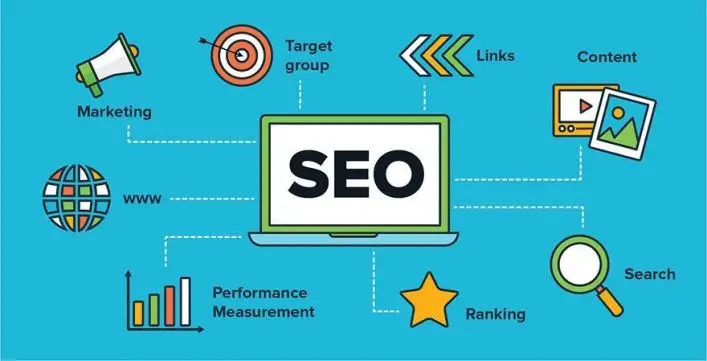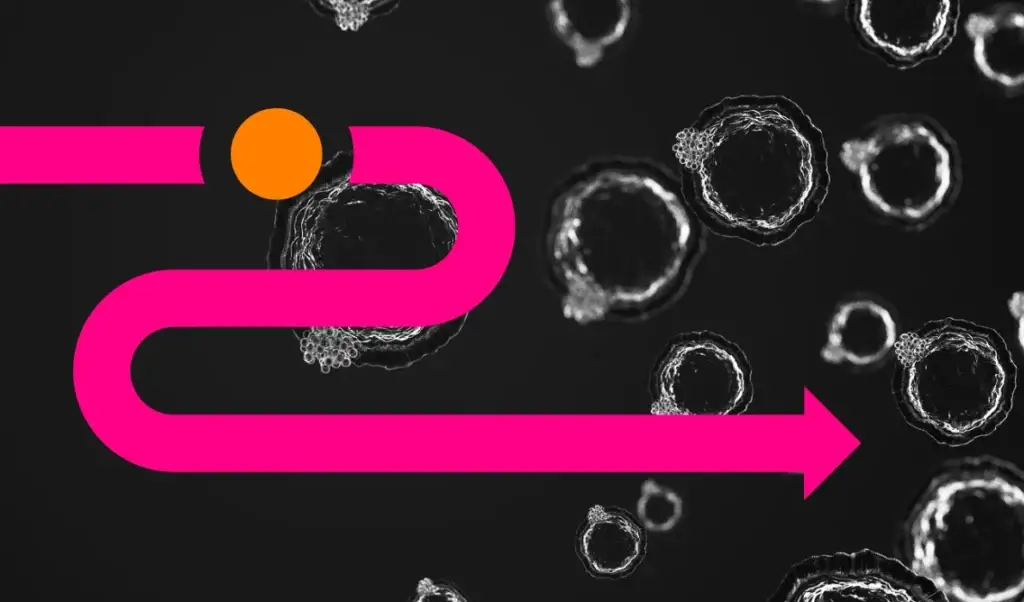Big Picture SEO Changes for Healthcare and Life Science
Here at HDMZ, we’re fans of the fundamental improvements happening with Google’s SEO algorithms over the last year. Between mobile-first indexing and the shift away from highly siloed index signal updates, the evolution of how sites are “scored” and ranked is already making an impact on how searchers find what they’re looking for. In the health and life science sector especially, websites are held to a higher standard and these changes favor sites with authoritative and relevant, trustworthy content.
** Update: The same day this blog was posted, Google Webmaster Forum released an overview of new Core Updates and resources to help sites optimize. Read it here: What webmasters should know about Google’s “core updates” – August 1, 2019 **
The last year has been marked by many changes, and our sector has been particularly touched by Google’s updates. For anyone not steeped in the minutiae of Google’s doings, here’s a recap:
-
August 1, 2018 – Google released a global, core update that surprised many with its deep impact on the Health sector, so much so that it was nicknamed the “Medic Update”. This algorithm shift appeared to focus on medical sites and was part of a continued, larger push toward relevance/trustworthiness of “Your Money Or Your Life” (YMYL) content, which is defined as content that has an impact on a visitor’s current or future well-being (financial, physical health, safety, etc.).
This update notably marked the beginning of a new era, where consensus on update-reactive Search Engine Optimization is vague. Global core updates now integrate advanced machine learning, and individual ranking factor changes are nearly impossible to isolate.
The brave, new world of SEO is defined by holistic Expertise, Trust, and Authority (E.A.T.) signals, and websites must check as many boxes as possible when optimizing for search engine signals.
In the words of industry expert Marie Haynes:
“The August 1, 2018 Google update was a massive one. I believe that it was primarily about Google’s ability to determine E-A-T for a website. I also think that the T in E-A-T became even more important as Google is working harder to determine which websites are the most trustworthy to show searchers.”
-
March 12, 2019: Google released another broad core update, which it proactively named “March 2019 Core Update” to alleviate confusion (and speculation). Google’s position to SEOs is that there is no (superficial) “fix” for the effects of the update, aside from “focusing on great content”.
This week, we released a broad core algorithm update, as we do several times per year. Our guidance about such updates remains as we’ve covered before. Please see these tweets for more about that:https://t.co/uPlEdSLHoXhttps://t.co/tmfQkhdjPL
— Google SearchLiaison (@searchliaison) March 13, 2019
SEOs reported continued shifts for health websites, focusing on content quality and user signals for value, relevance, and experience.
- June 3, 2019: For the first time, Google pre-announced a broad core update, calling it the “June 2019 Core Update”. The team continues to maintain radio silence on any details around individual ranking factor changes; however, each new update appears to more aggressively reward clean, authoritative, relevant content (and de-prioritize less well-kept content in search results).
It’s clear that Google’s algorithm updates have shifted priority to mobile UX, content cleanliness, and overall engagement quality. At HDMZ, we’re on board and enthusiastic about these changes. Here are our top recommendations for maintaining SERP:
- Optimize for the user: prioritize content for search intent, and ensure resources are dedicated to providing the best possible user experience
- Focus on brand trust and credibility to establish authority with Google’s algorithms
- Leverage multiple channels to maintain visibility, digital presence, and ensure online conversations are including, and linking, to your brand
Have any concerns with how your site is ranking? Drop us a line!








